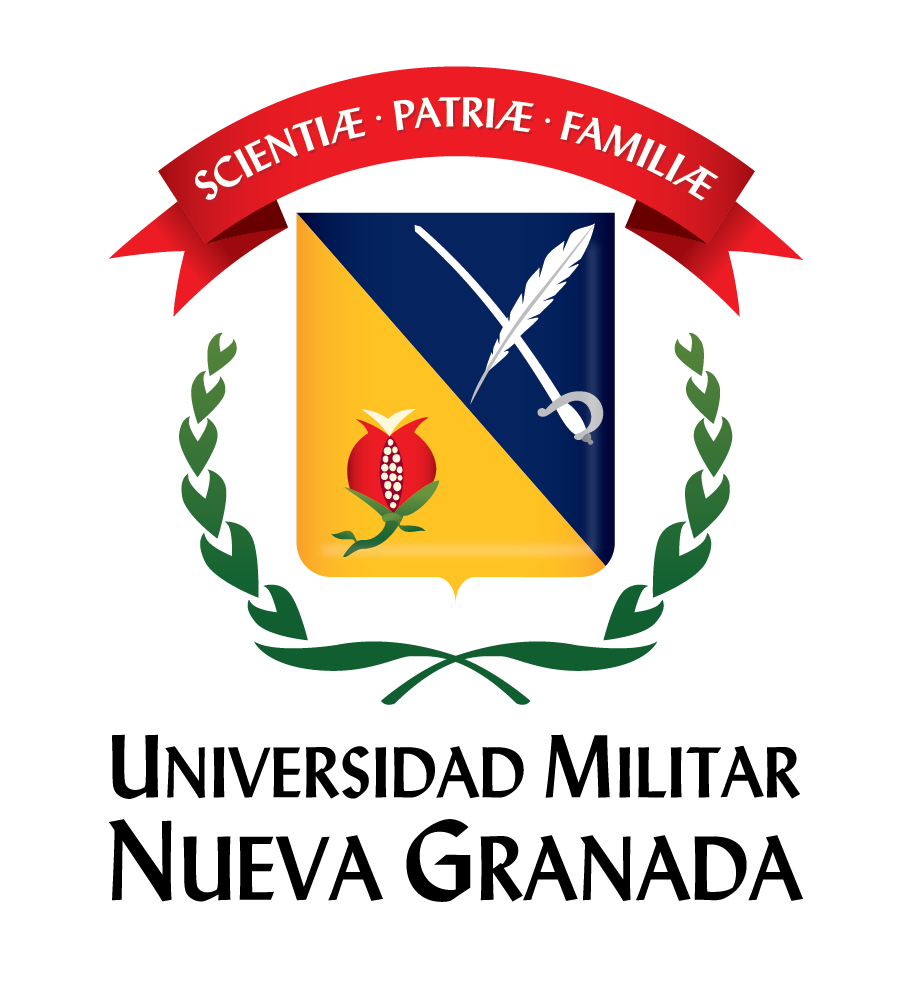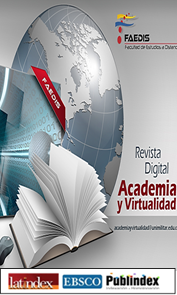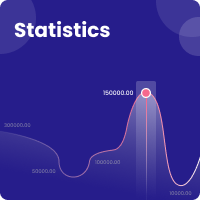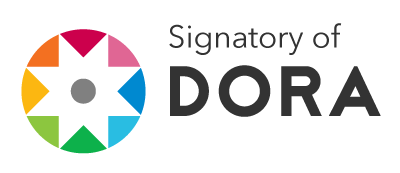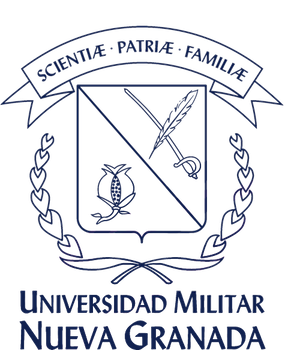Expanding scopes for starting teachers’ training in blended learning
Abstract
This paper aims to offer and discuss a qualitative case study involving use of communication tools in a blended learning system (b-learning) for an initial context of Teacher’s Science/Technology (Sc/T). Therefore, we aim to contribute to the distance learning concept (b-learning context) through finding answers of questions asked about prospective digital technologies for starting teacher training, particularly a way to blend and overcome restrictions. We search tools available online in platform as a helper at classroom training in order to provide: i) guidelines to develop planned tasks and records available as well as literature and web-references; ii) discuss issues related to classes and/ or recommended topics; iii) share and discuss tasks given by students. This paper contextualizes analysis, but objectives and operating strategies are described in order to offer a reflection based on that experience. Results by perception and mediated by technologies, and a questionnaire to students and interviews applied to teachers give us a good acceptance of strategies designed and greater interaction levels, especially on issues related to topics covered at conferences. It can also be concluded that technologies fostered an expansion of learning scopes.Downloads
Languages:
esReferences
Anderson, T., & Dron, J. (2010). Three generations of distance education pedagogy. In¬ternational Review of Research on Distance and Open Learning, 12(3), 80–97. Disponível em: http://www.irrodl.org/index.php/irrodl/article/view/890/1826 em julho 2012.
Andrade, A. I., Marques, L., and Costa, N. (1999). Teaching methodologies in initial teacher education: a preliminary evaluation of an experience. TNTEE Publications, vol. 2, 215-226.
Bettencourt, T. (2006). A Internet na Construção de Conhecimento Didáctico. Tese de Doutoramento. Aveiro: Universidade de Aveiro. Disponível em http://ria.ua.pt/handle/10773/4707 em outubro 2013.
Bogdan, R. & Bilken, S. (2004). Investigação qualitativa em educação. Porto: Porto Editora.
Conole, G., De Laat, M., Dillon, T & Darby, J. (2008). ‘Disruptive technologies’, ‘pedagogical innovation’: What’s new Findings from an in-depth study of students’ use and perception of technology. Computers & Education, 50(2), 511-524.
Dillenbourg, P. (2008). Integrating technologies into educational ecosystems. [Article]. Distance Education, 29(2), 127-140. doi: 10.1080/01587910802154939
Duhaney, D. C. (2004). Blended learning in education, training, and development, Performance Improvement, 43, 35-38.
Figueiredo, A. D. & Afonso, A. P. (2005). Context and Learning: A Philosophical Framework. In Figueiredo, A. D. & Afonso, A. P.(eds.). Managing Learning in Virtual Settings: The Role of Context. Hershey: Information Science Publishing, 1-22. Disponível em: http://www.academia.edu/162856/Context_and_Learning_A_Philosophical_Framework em janeiro de 2013.
Loureiro, Mª João, Pombo, L & Santos, C. (2009). Assessment as a strategy to promote online interaction. In L. Kadocsa & G. Gubán (Eds.), MOTIVATE conference proceedings (25-37). Disponível em: http://www. educause.edu/ero/article/role-disruptive-technologyfuture-higher-education em maio de 2012.
Meyer, K. A. (2010). The role of disruptive technology in the future of higher education. EDUCAUSE Quarterly Magazine, 33(1). Disponível em: http://www.educause. edu/ero/article/role-disruptive-technology-future-highereducation em julho de 2012.
Milne, A. J. (2006). Designing Blended Learning Space to the Student Experience. In D. G. Oblinger (Ed.), Learning Spaces. Disponível em: http://classmod.unm.edu/external/educause/Educause_Chapter11_DesigningBlendedLearningSpaces.pdf em dezembro de 2012.
Nielsen, J. (2006). Participation Inequality: Encouraging More Users to Contribute. Disponível em: http://www. nngroup.com/articles/participation-inequality/ emjaneiro de 2012.
Wild, M. (1999). The Anatomy of Practice in the Use of Mailing Lists: a Case Study. Australian Journal of Educational Technology, 15, 117-135.
Yelon, S. (2006). Face-to-Face or Online? Choosing the Medium in Blended Training. Performace Improvement, 45, 22-26.

| Article metrics | |
|---|---|
| Abstract views | |
| Galley vies | |
| PDF Views | |
| HTML views | |
| Other views | |
